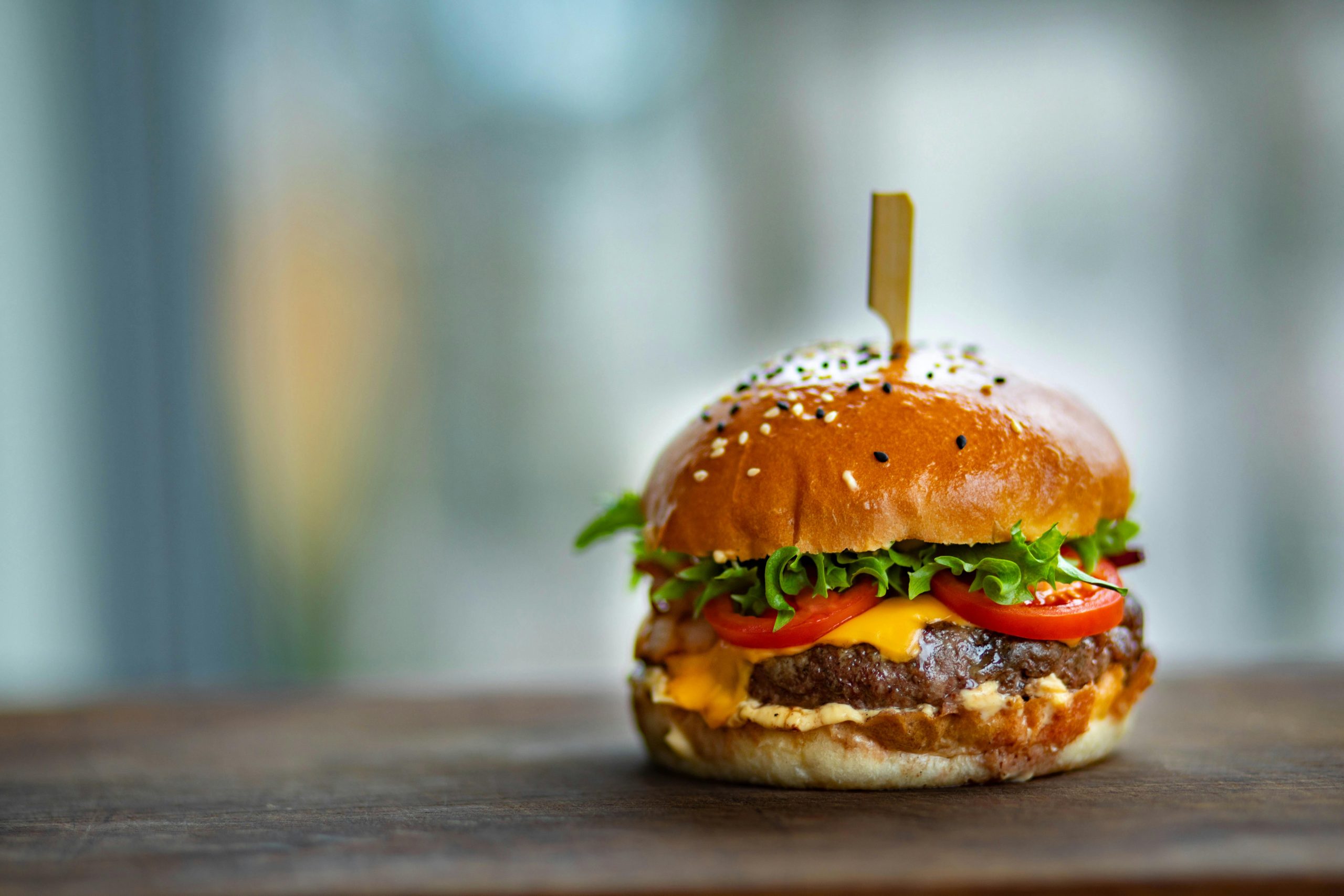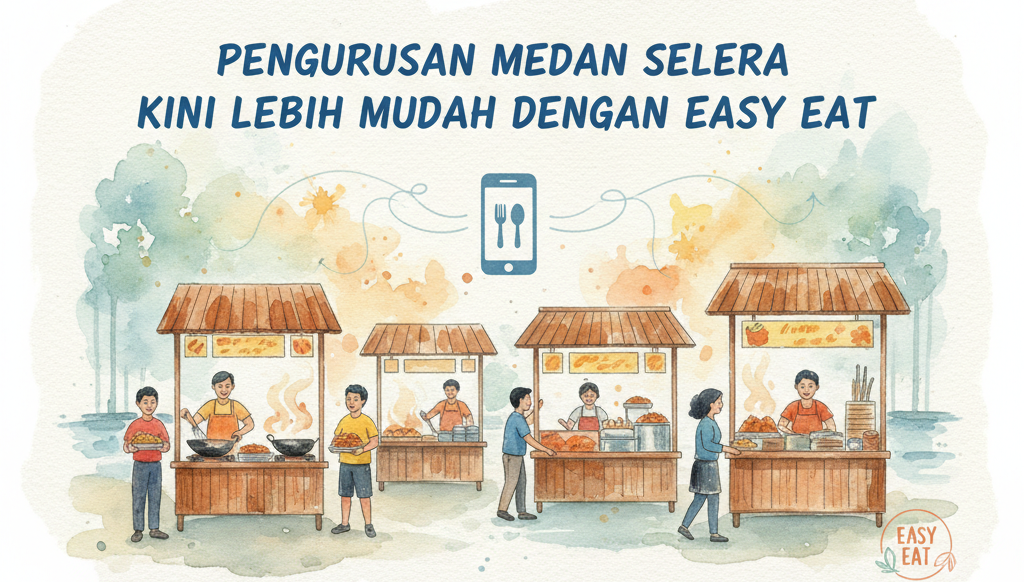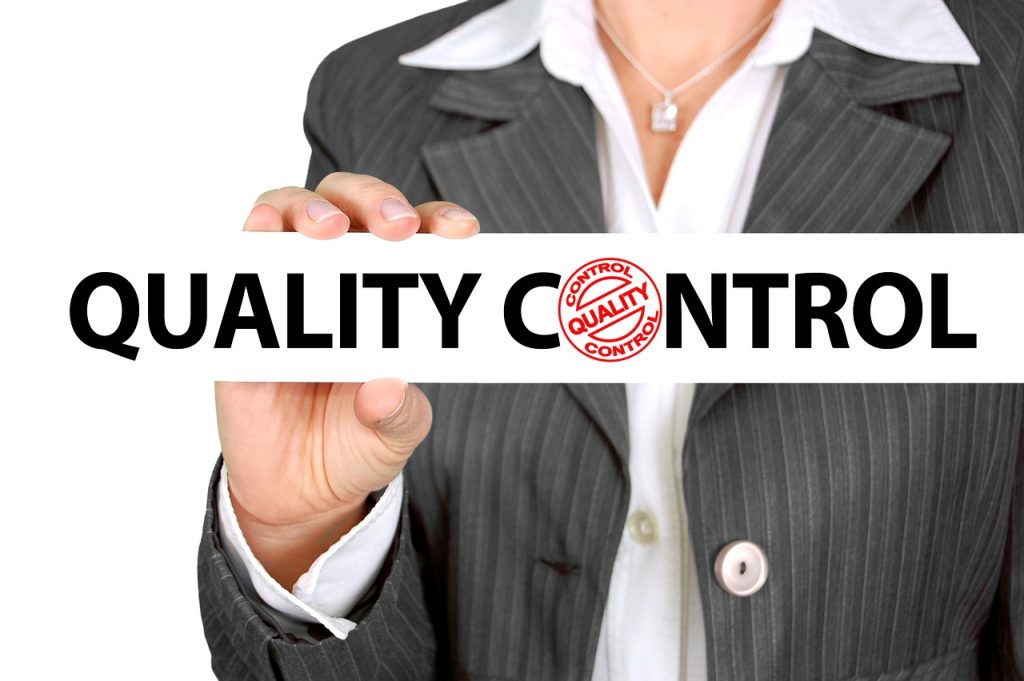Timing and affordability are some factors that people consider when choosing restaurants.
A Fast Food restaurant focuses on serving quick meals to a lot of people in a shorter period. While a Fast Casual Restaurant focuses on serving higher quality of food to less people for a longer time. Fast food restaurants focus on earning money by serving more customers, while Fast casual restaurants focus on increasing the cheque size of a lesser amount of customers.
Read more to find out the detailed comparison between fast food and fast casual restaurants and their examples.
What Is a Fast Food Restaurant?
Fast food restaurants focus on speed, convenience, and affordability. The goal is to serve as many customers as possible in a short amount of time. You probably associate fast food with brands like McDonald’s, KFC, or Burger King.
Here’s what makes fast food unique:
- Quick Service: Food is prepared fast, often pre-cooked or frozen, and ready to serve in minutes.
- Low Prices: Fast food meals are generally low-cost. You can usually get a burger, fries, and a drink for just a few dollars.
- Limited Menu Options: Most fast food restaurants stick to simple, standard menu items like burgers, fries, sandwiches, or fried chicken.
- Takeaway Focus: Many customers order food to-go. There’s often a drive-thru for convenience.
- Standardized Meals: You can expect the same taste and quality no matter where you order from. Whether you’re in New York or Tokyo, a McDonald’s Big Mac will taste the same.
Fast food restaurants thrive on consistency, speed, and affordability, making them popular for people looking for a quick and cheap meal.
What Is a Fast Casual Restaurant?
Fast casual restaurants are like an upgraded version of fast food. They offer better-quality food, often made-to-order, with a focus on fresher ingredients. You might be familiar with places like Chipotle, Panera Bread, or Five Guys.
Here’s how fast casual restaurants differ:
- Higher-Quality Food: The food is usually made from fresher, sometimes organic ingredients. It’s still quick, but the preparation is often more elaborate than fast food.
- No Drive-Thru: Unlike fast food, fast casual restaurants typically don’t have a drive-thru. Customers are encouraged to dine in, but takeaway is still an option.
- More Personalized Orders: Customers often have the freedom to customize their meals. For example, at Chipotle, you can choose your ingredients for a burrito or bowl.
- More Comfortable Atmosphere: Fast casual restaurants tend to have a more comfortable dining area with better seating and decor than fast food places. You’re encouraged to stay and enjoy your meal.
- Higher Prices: With the higher quality of ingredients, you can expect to pay more. The average meal at a fast-casual restaurant is around $12, while fast-food meals usually cost about $6.
Is Fast Casual and Fast Food Different?
Fast casual and Fast food are different in many ways. When it comes to quality of food fast casual restaurants focus on fresher and healthier ingredients, whereas fast food is usually made from frozen or ready to eat ingredients.
The dining experience in a fast casual restaurant is much slower than in a fast food restaurant. A fast casual restaurant focuses on providing better customer service and elaborate meals, while fast food restaurants focus on providing quick meals that lack elaborate customer service.
Fast casual restaurants allow its customers to choose their ingredients and fast food restaurants don’t offer customization to the customers. Fast food restaurants have fixed meal options in their menu and the menu usually has fewer options.
Fast casual restaurants are costlier than fast food restaurants. But both of the restaurants give value for money.
Fast Casual restaurants have the option of takeaway and dine in whereas , fast food restaurants don’t have dine in options for their customers.
Both of these restaurants are very different from a fine dining restaurant. When it comes to the vibe, price and the experience. Fine dining restaurants focus on providing excellent customer service and ambience to the customer, whereas fast food and fast casual restaurant focus on providing cheaper meal options to their customers.
Fast Casual vs Fast Food: Examples.
- Fast Food Example: McDonald’s Big Mac
A classic fast food item, the Big Mac is quick, cheap, and consistent. You get a standard combo of two beef patties, special sauce, lettuce, cheese, pickles, and onions on a sesame seed bun. - Fast Casual Example: Chipotle Burrito Bowl
At Chipotle, customers can customize their burrito bowls with a variety of fresh ingredients like rice, beans, grilled chicken, salsa, and guacamole. It’s a step up in quality and customization compared to a typical fast-food meal.
Is Fast Casual Healthier Than Fast Food?
The short answer is: yes, usually. Fast casual restaurants often promote healthier options, using fresh ingredients, and sometimes even offering organic or locally sourced produce.
For example:
- Chipotle emphasizes fresh ingredients and allows customers to build their meals with vegetables, beans, and lean meats.
- Panera Bread markets its food as “clean,” using ingredients without artificial preservatives, flavors, or colors.
But it’s important to note that not all fast casual food is automatically healthier. Some menu items can still be high in calories, fat, or sugar. So, while fast casual may offer healthier options, it’s up to the customer to make healthy choices.
Both fast food and fast casual restaurants have their place in the market, and both can be successful if managed well. However, they serve different types of customers with different expectations. Suppose you’re thinking of opening or evolving your restaurant. In that case, you need to carefully consider whether the speed and affordability of fast food or the higher quality and experience of fast casual is the best fit for you.
Remember that fast casual is healthier than fast food and offering healthier options may give you an edge. You can consider all the points mentioned above when you want to expand your restaurant.




